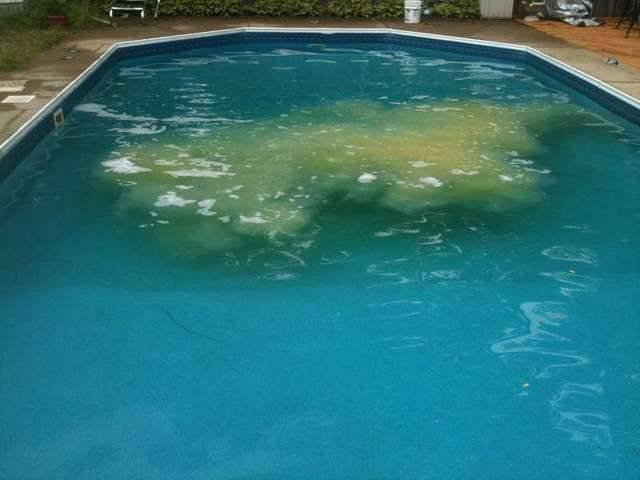mguzzy
Gold Supporter
Spent roughly $1100 for everything pre-season, but usually have a good amount left over by the close. I don't mind the seasonal overlap since the shelf life is several years on everything. However, if I'm going to convert next spring, I'll likely have a good amount to return to either of the two stores I buy from or else try to sell some on eBay (PITA in some ways due to the restrictions on mailing any sort of oxidizers - just went through that with selling 2 bottles of scale inhibitor that I had bought last year and then found out it's not compatible with biguanide).
"SWG will eliminate the mold, etc."...sure hope so....would be a bummer to go through all this and still have it!!
There is a electrode grid in the SWG that can catch detritus, but it rarely gets clogged if your filters are running. All SWG manufactures make a blank that you can install in the line for people that take their filters out during the winter months. Since the SWG cell has unions that make it easy to remove, you can put the blank in when you are doing your "non filter grid" start up.. AND while you are doing the SWG install you can throw in a valve to do the a Vac to waste


